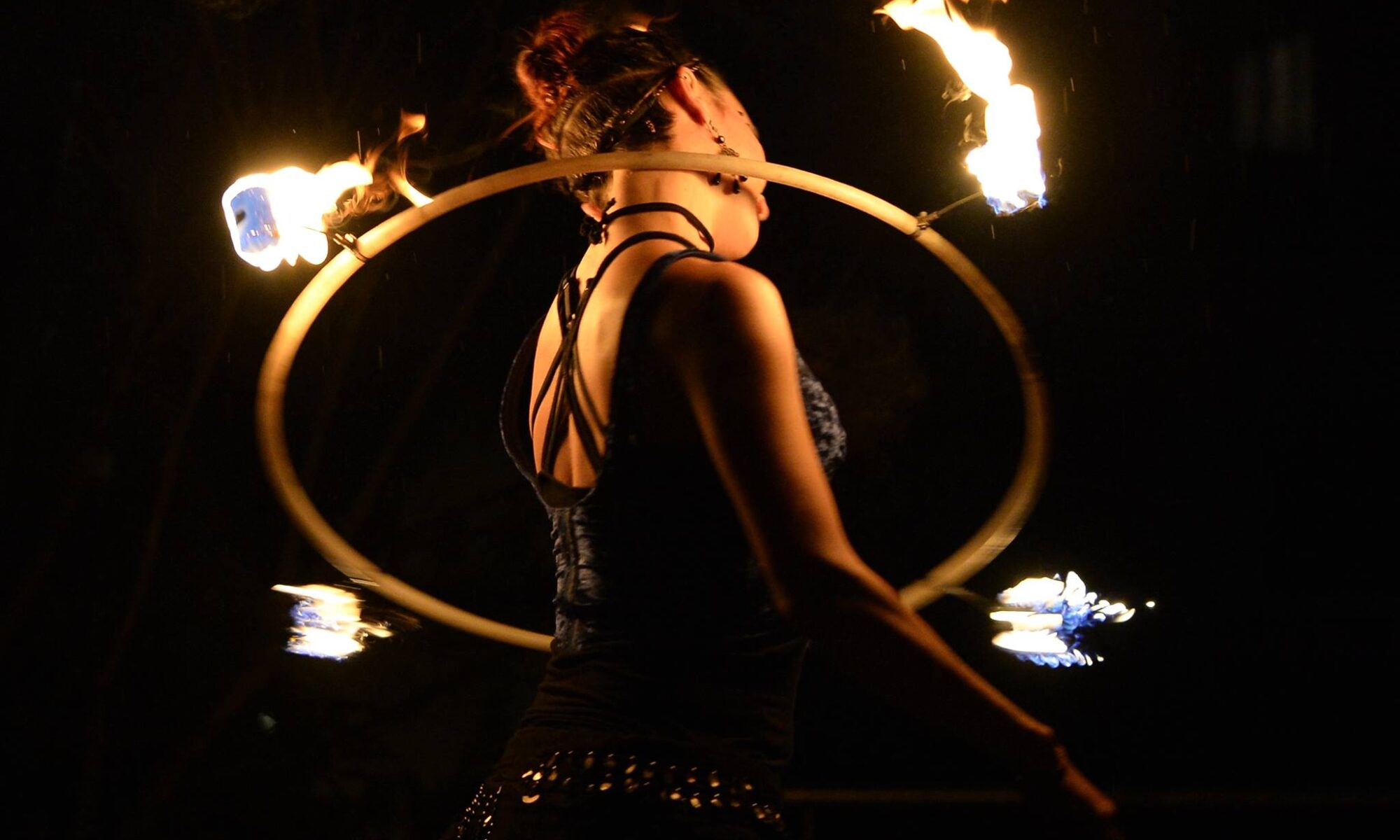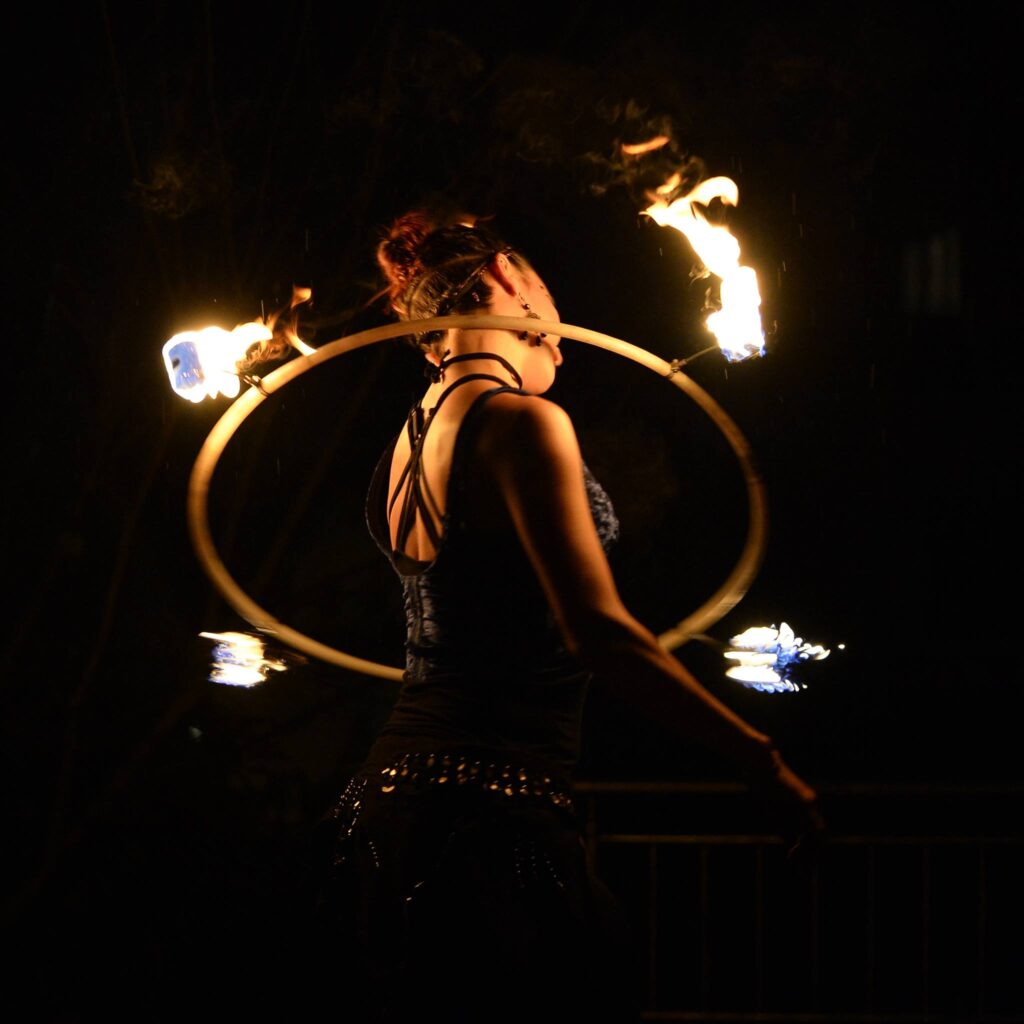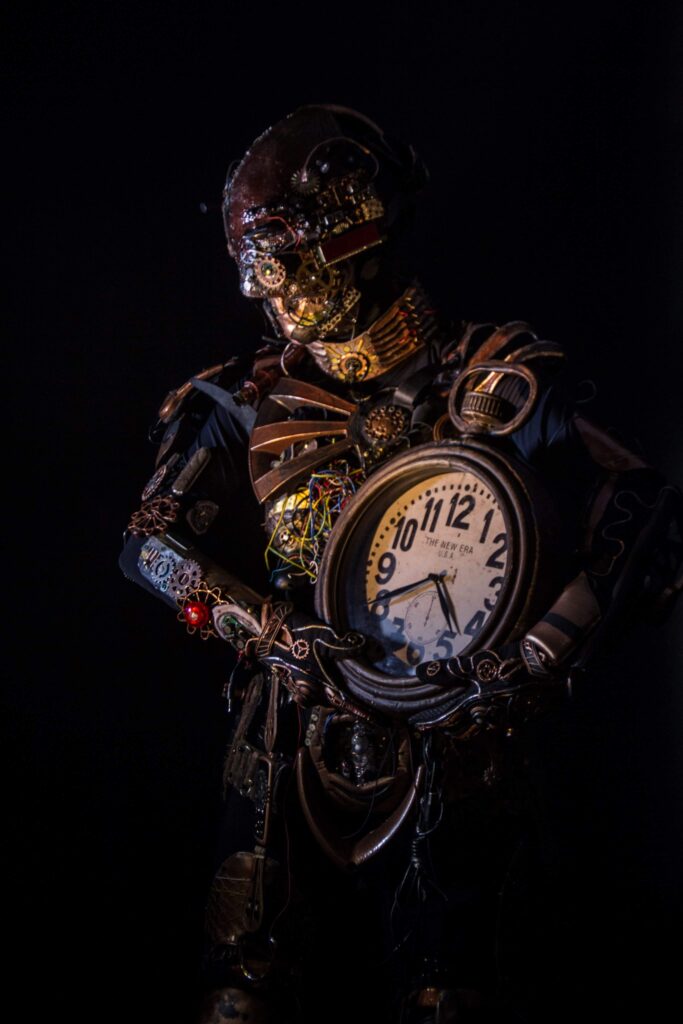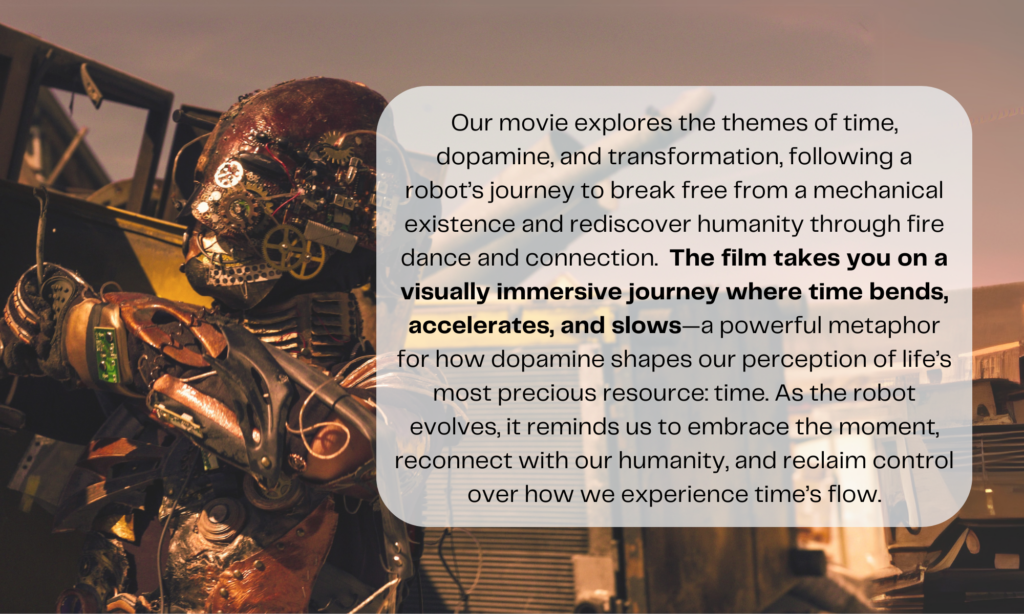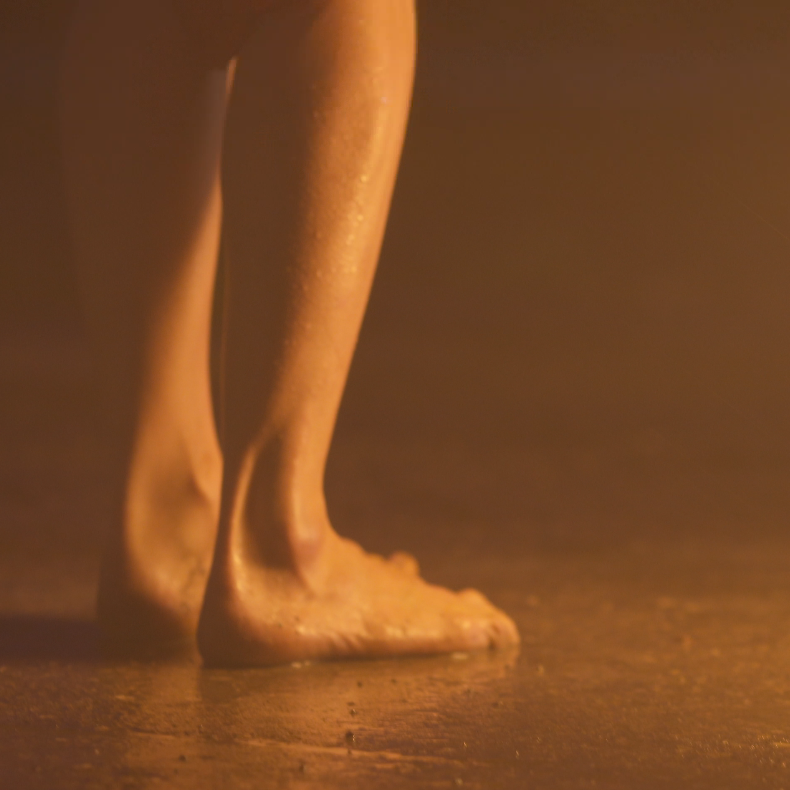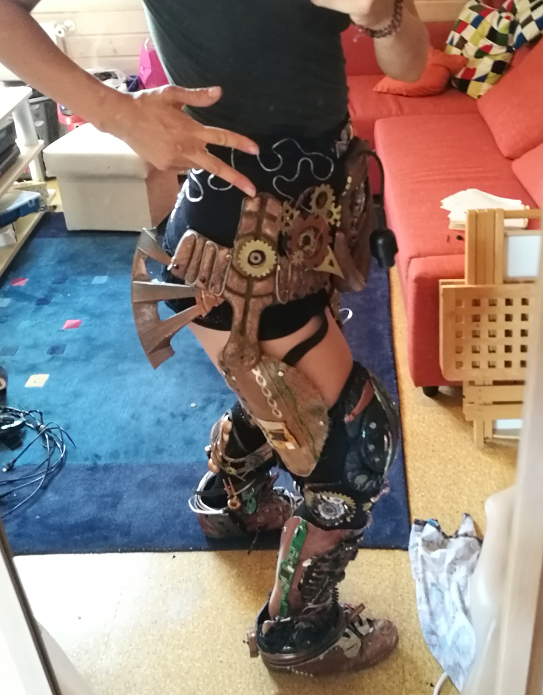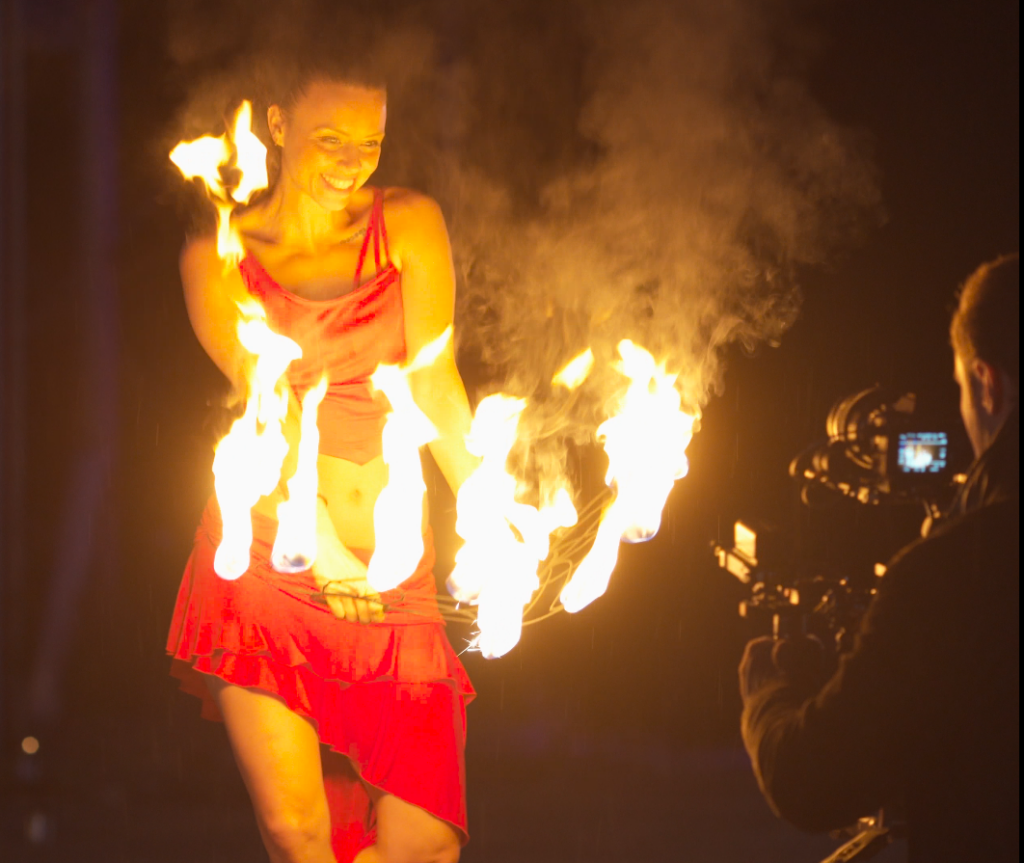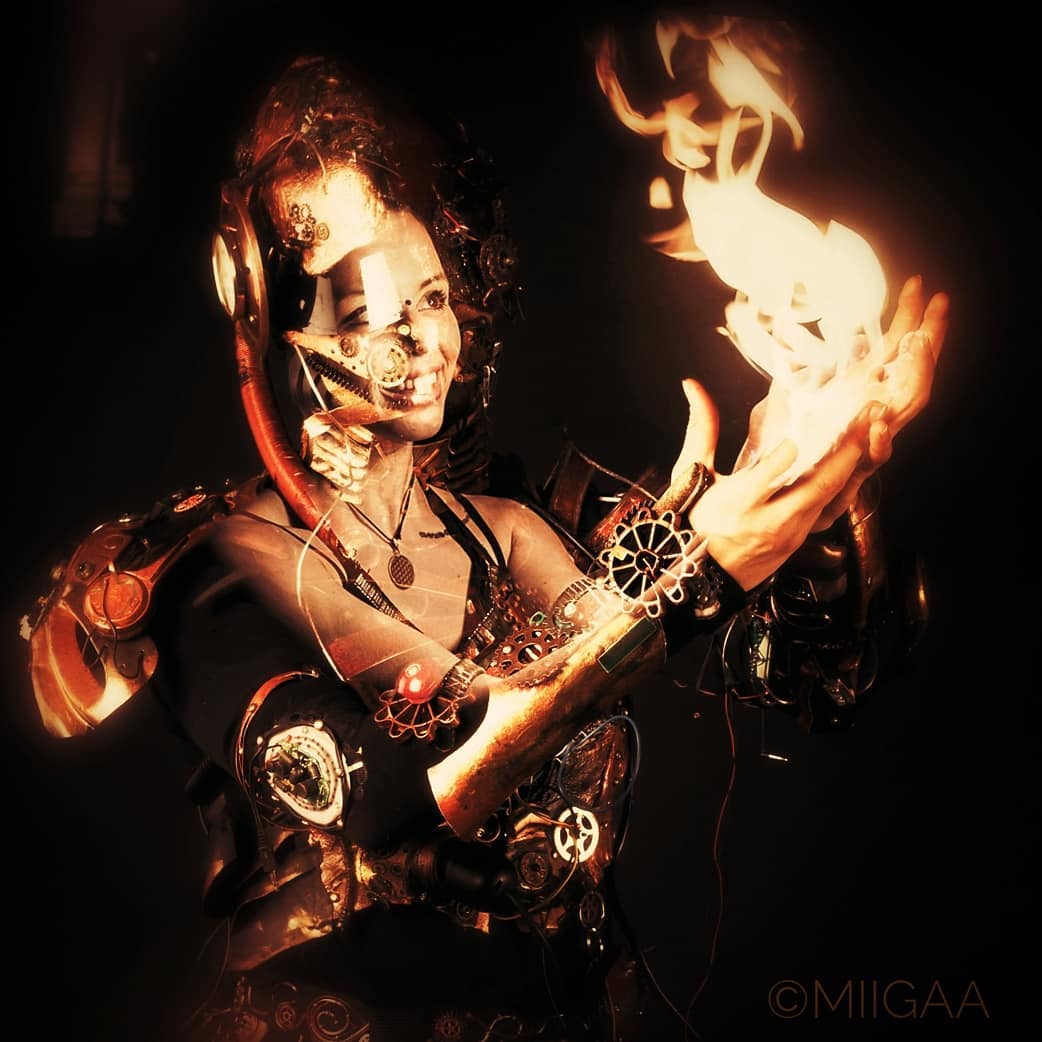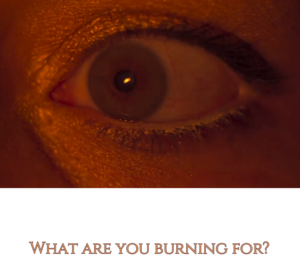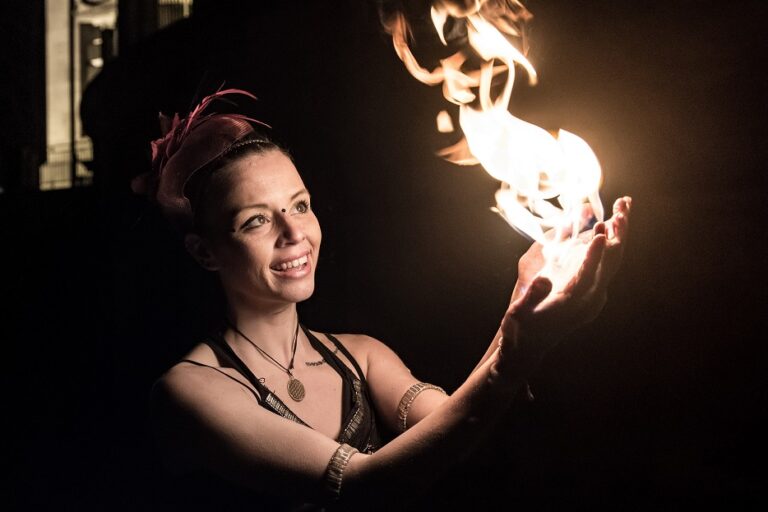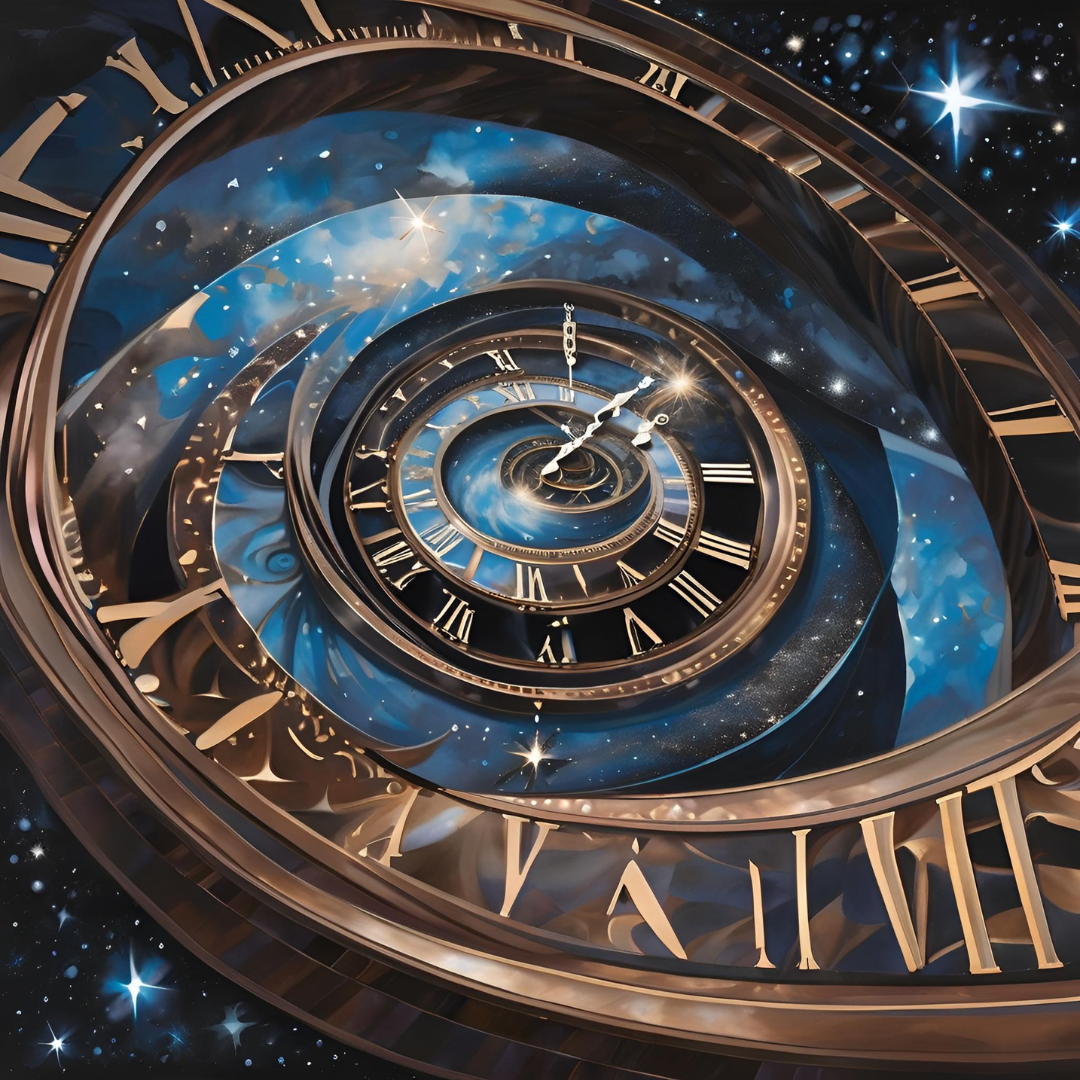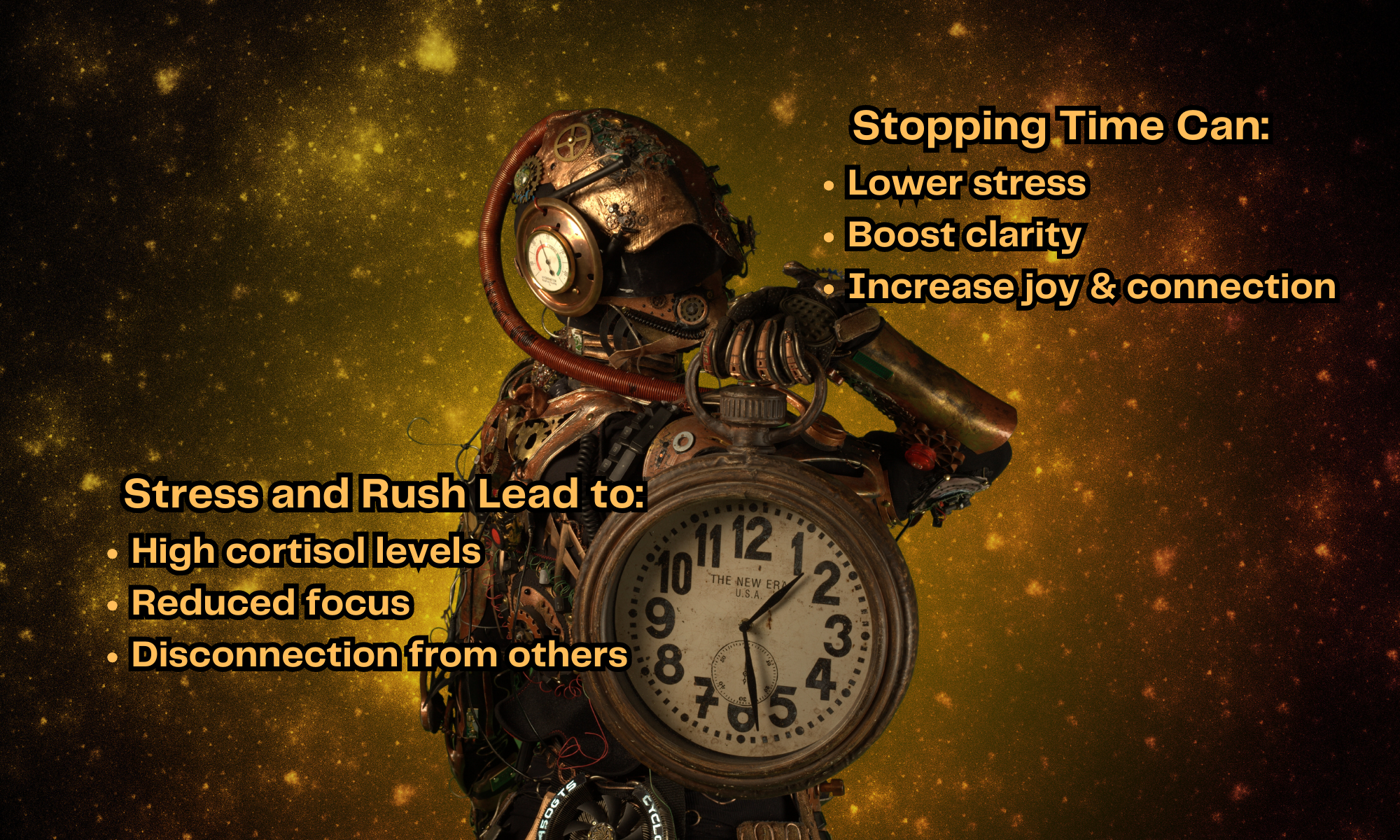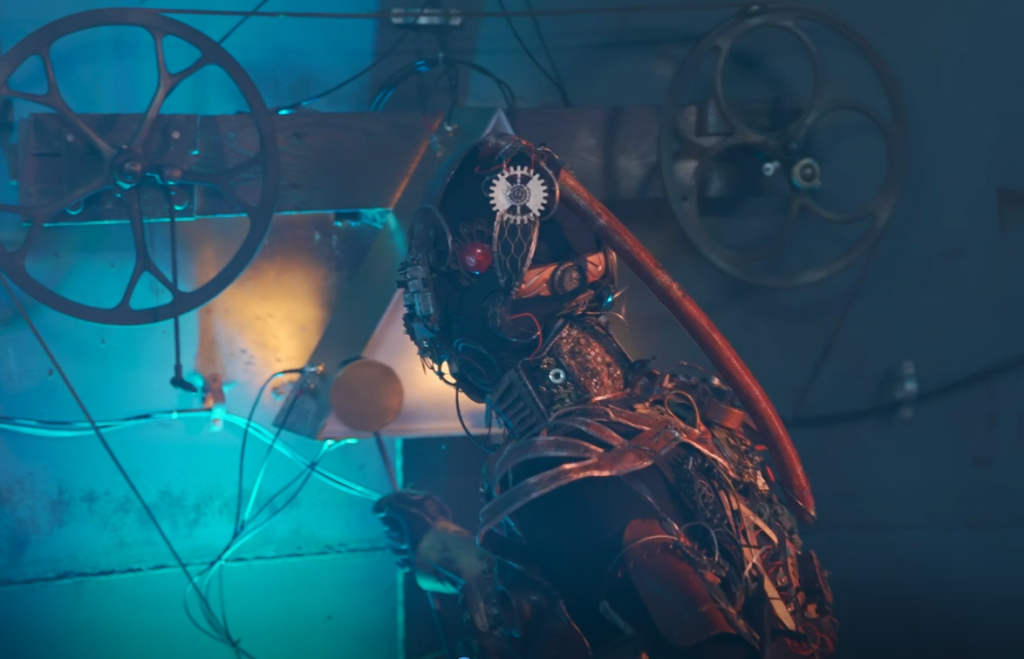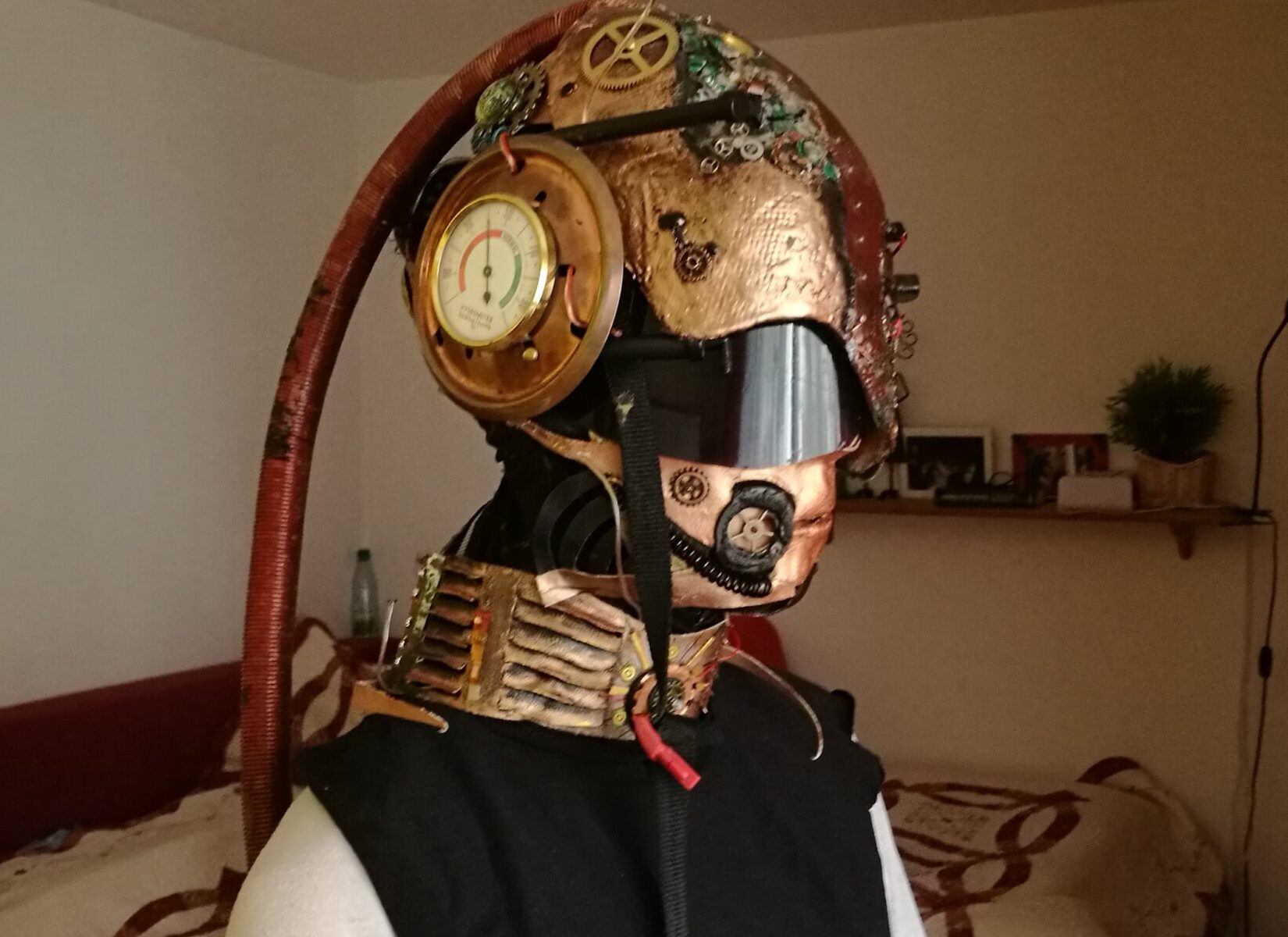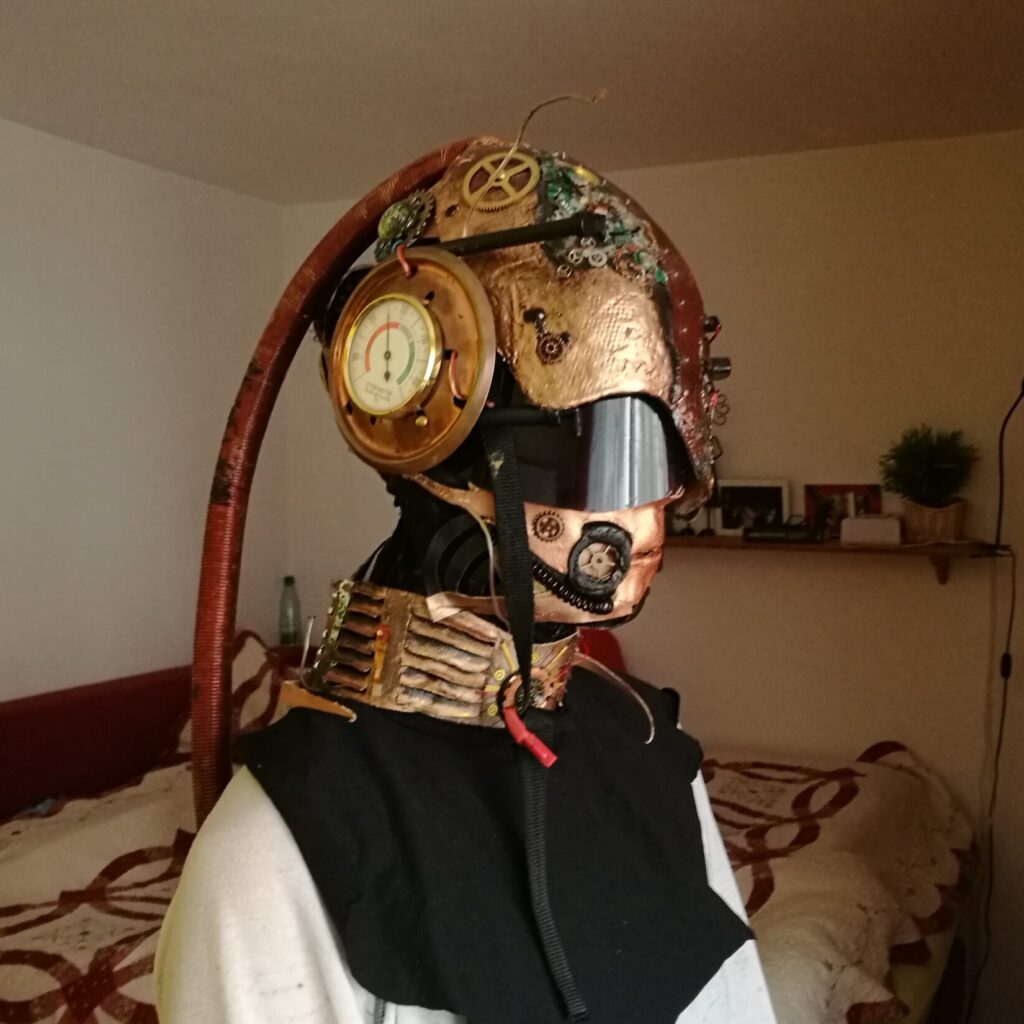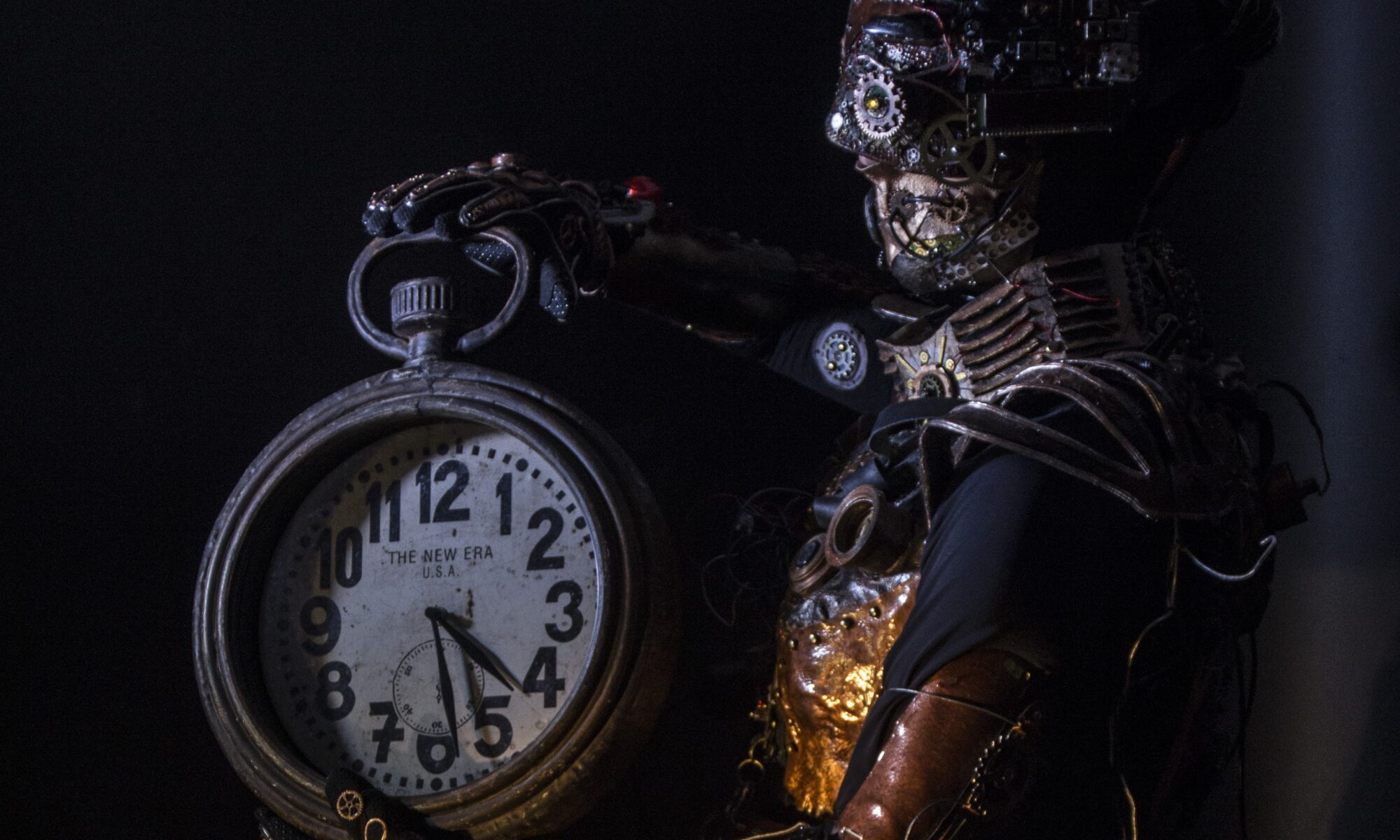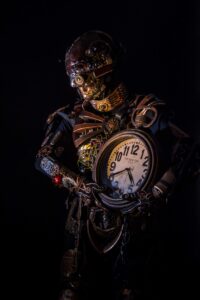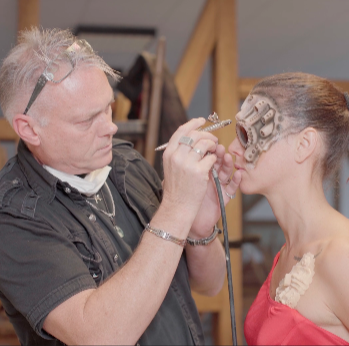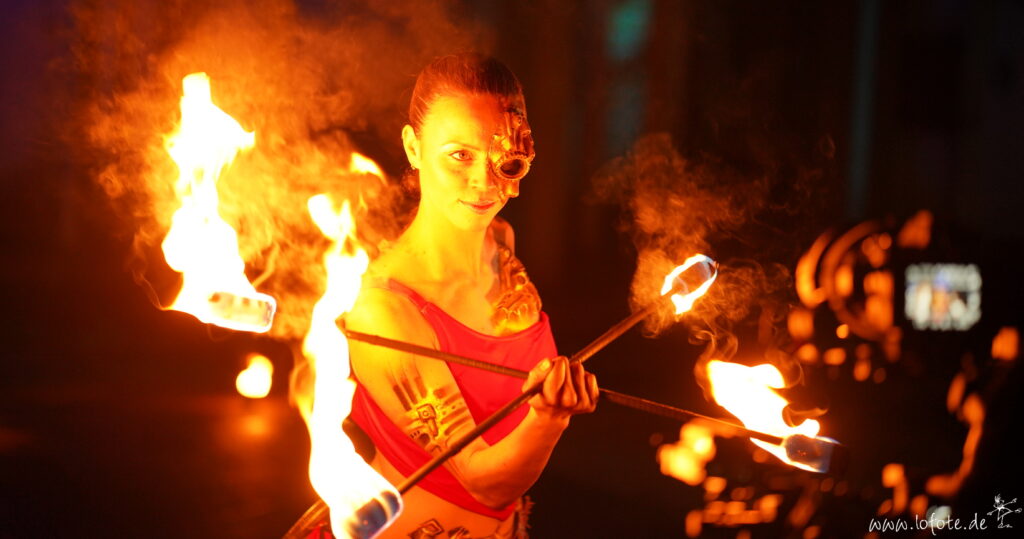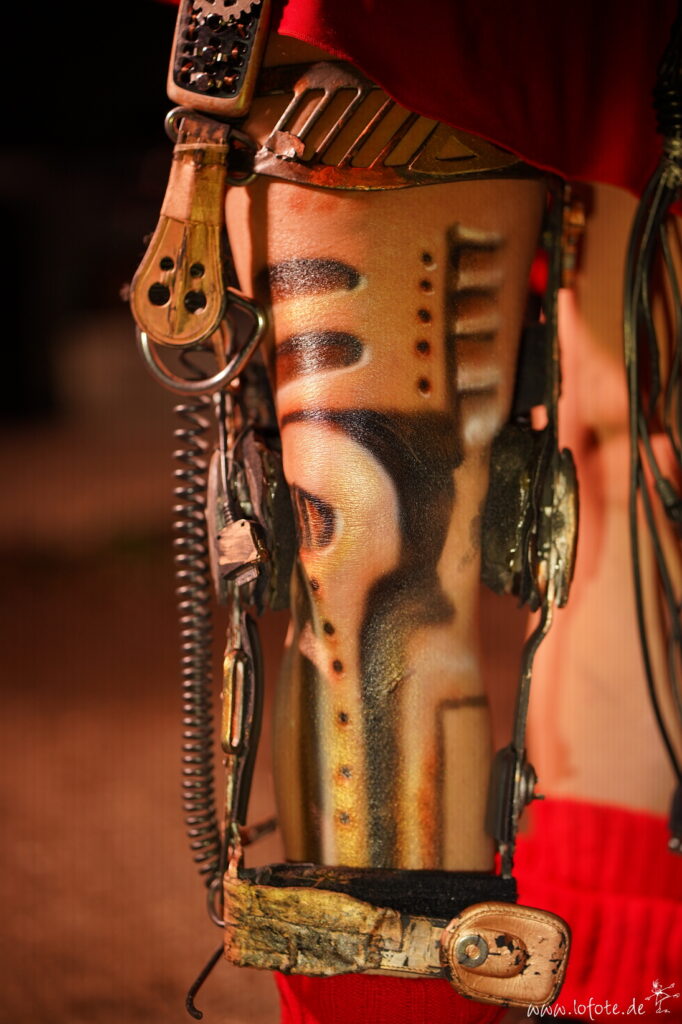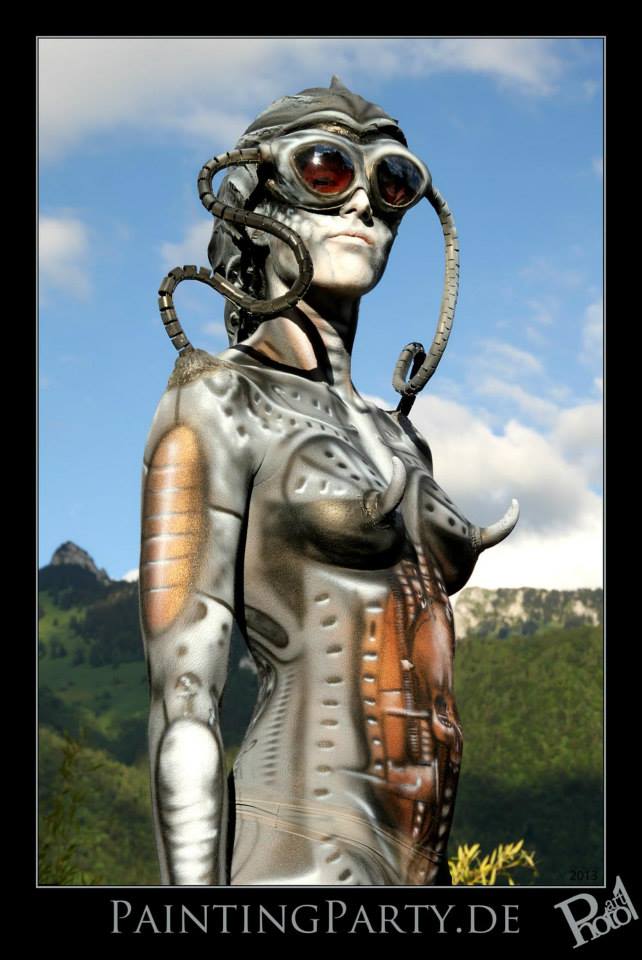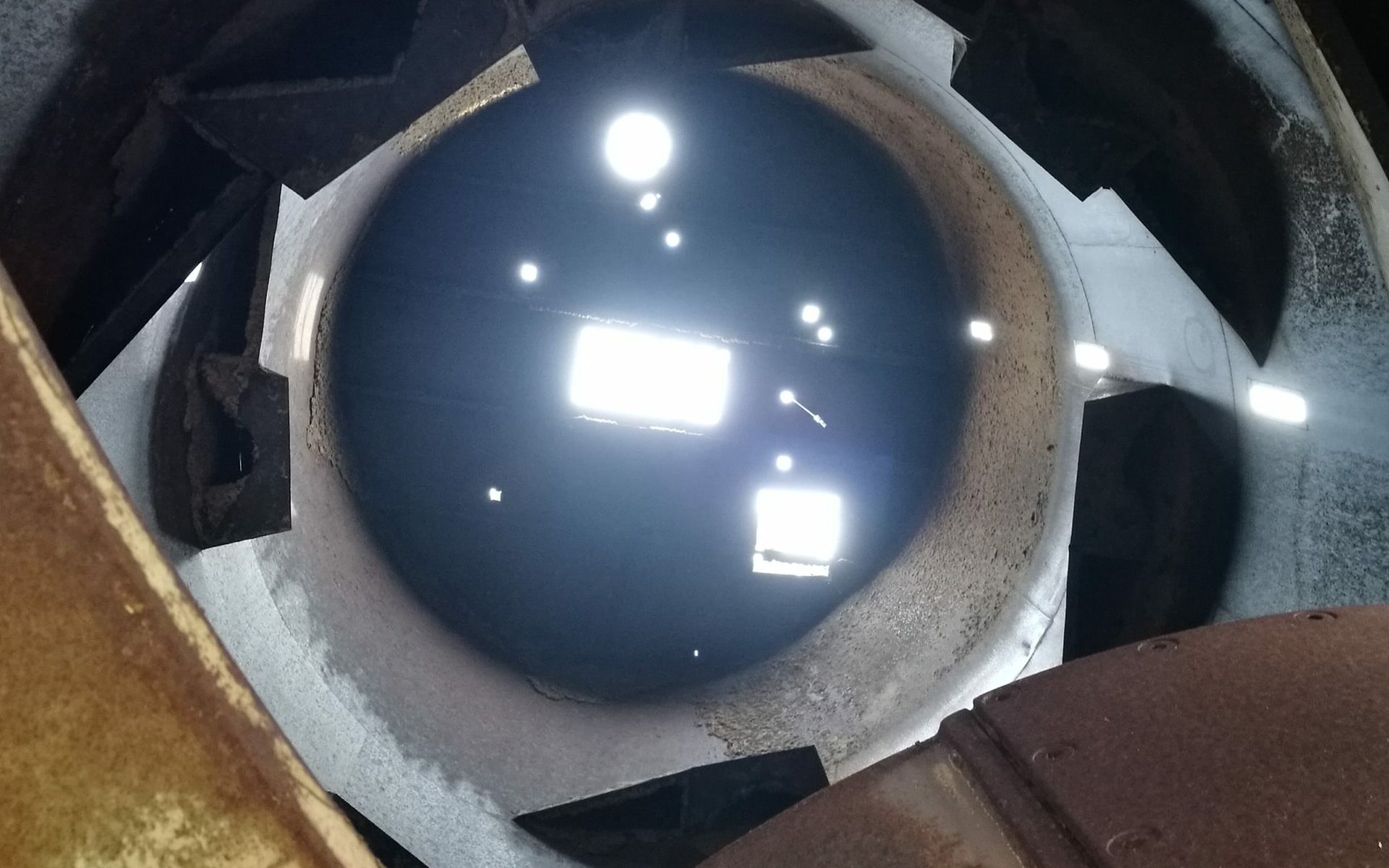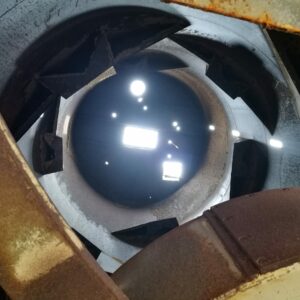Fireworks in Metamorefire
A Filmmaker’s Perspective
Big Fireworks in our film? That was something I had not imagined when we started working on the short film Metamorefire. I love fire in its rawest form—the way it moves, the way it breathes. But when we had the chance to bring professional fireworks into the film, we saw that it could add something very powerful to our story.
Thanks to Thomas Rudolph, an expert in special effects and pyrotechnics, we were able to create some amazing footage. His precision and experience made sure everything was both safe and spectacular.
“Don’t f*ck it up! You only have one chance.”
The Firework scenes in the Film
Each firework effect that we inshot had a different purpose in the story:

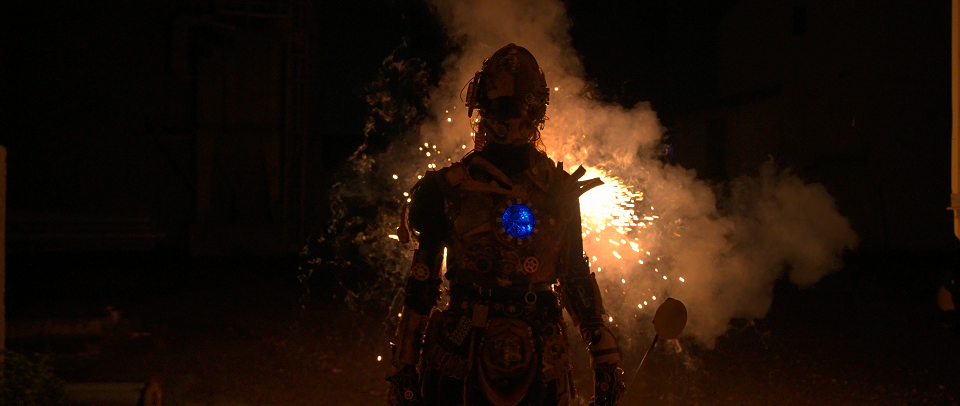

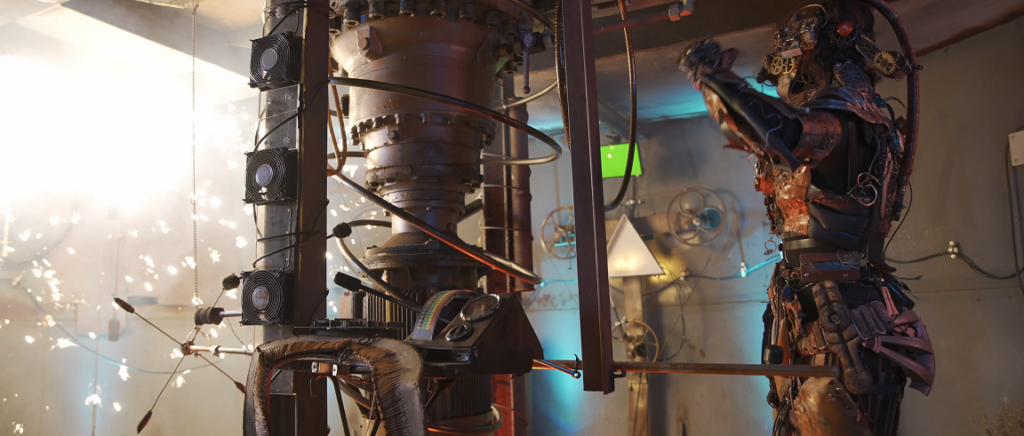

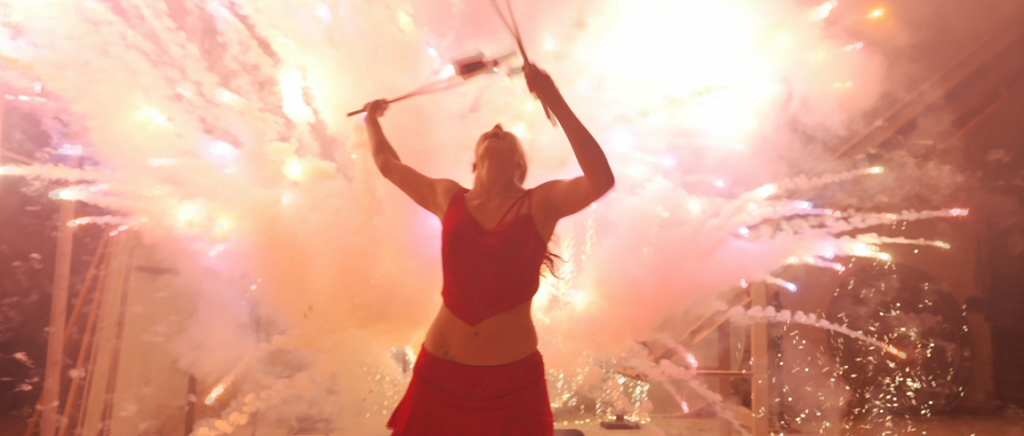
One Shot, No Mistakes
When we filmed the “grand finale”, the pressure was huge. Everyone was excited but also nervous. We had just one shot—one moment to dance to it, one moment to capture the magic on camera. And then, the worst thing happened: our main camera operator wasn’t there that day!
Our director, Eugen, had to take over the camera himself. He’s a professional, but filming isn’t usually his main job. And on top of that, the space was small, making it hard to capture the full effect on camera.
The whole crew and our friends gathered to watch. We all held our breath. Was it even okay to have fireworks inside an old factory? Of course, we worked with professionals, so it was all safe—but still, our hearts were pumping.
Watch this little clip to sneekpeak what we got out of our firework scenes:
Fire vs. Fireworks – My Honest Thoughts
Personally, I prefer fire dancing. The simplicity of flames, the way they move naturally—it’s something special. This is the magic that has made me do this film. The magic that grasps my audience. But I have to admit, fireworks are impressive. They make a scene feel bigger, more powerful. And a show more spectacular.
If you want to add something truly special to an event, you can book Thommy! His fireworks are safe, controlled, and absolutely stunning. They could even be part of a show with Miigaa’s performances.
On top, Miigaa offers firework effects as a final to her shows. See her homepage for further information.
Fire—wild, raw, romantic.
Fireworks—big, breathtaking, unforgettable.
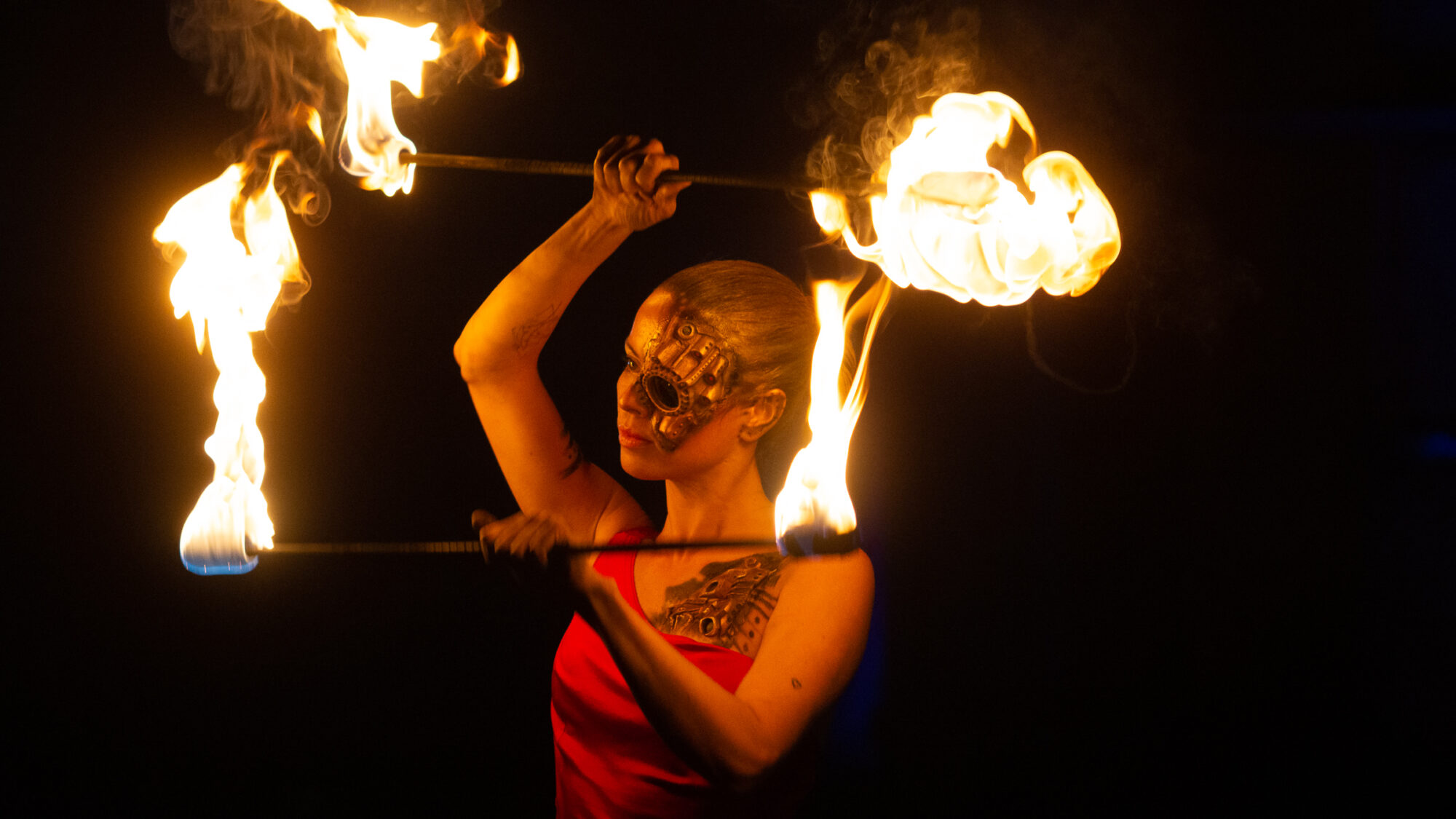
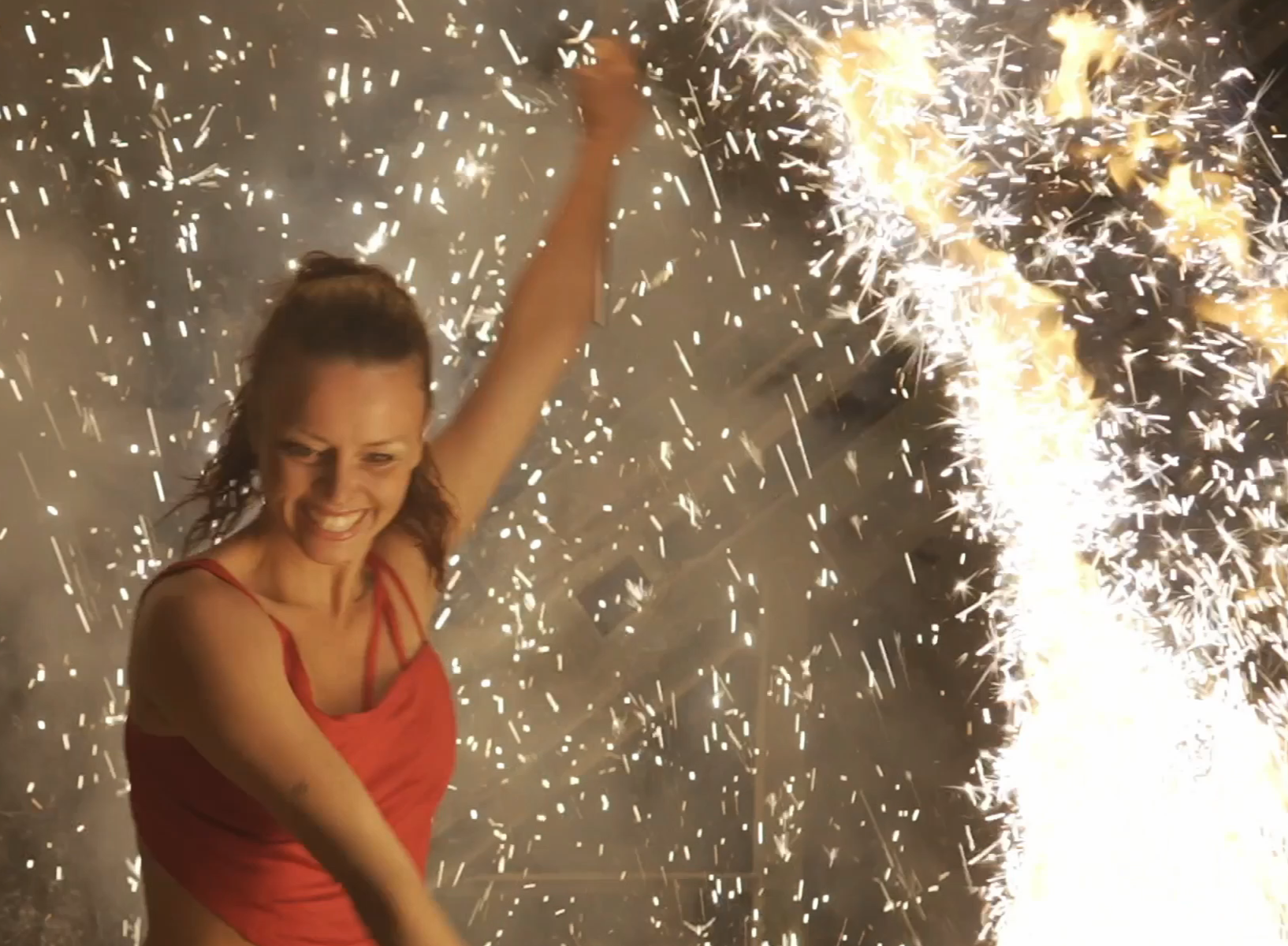

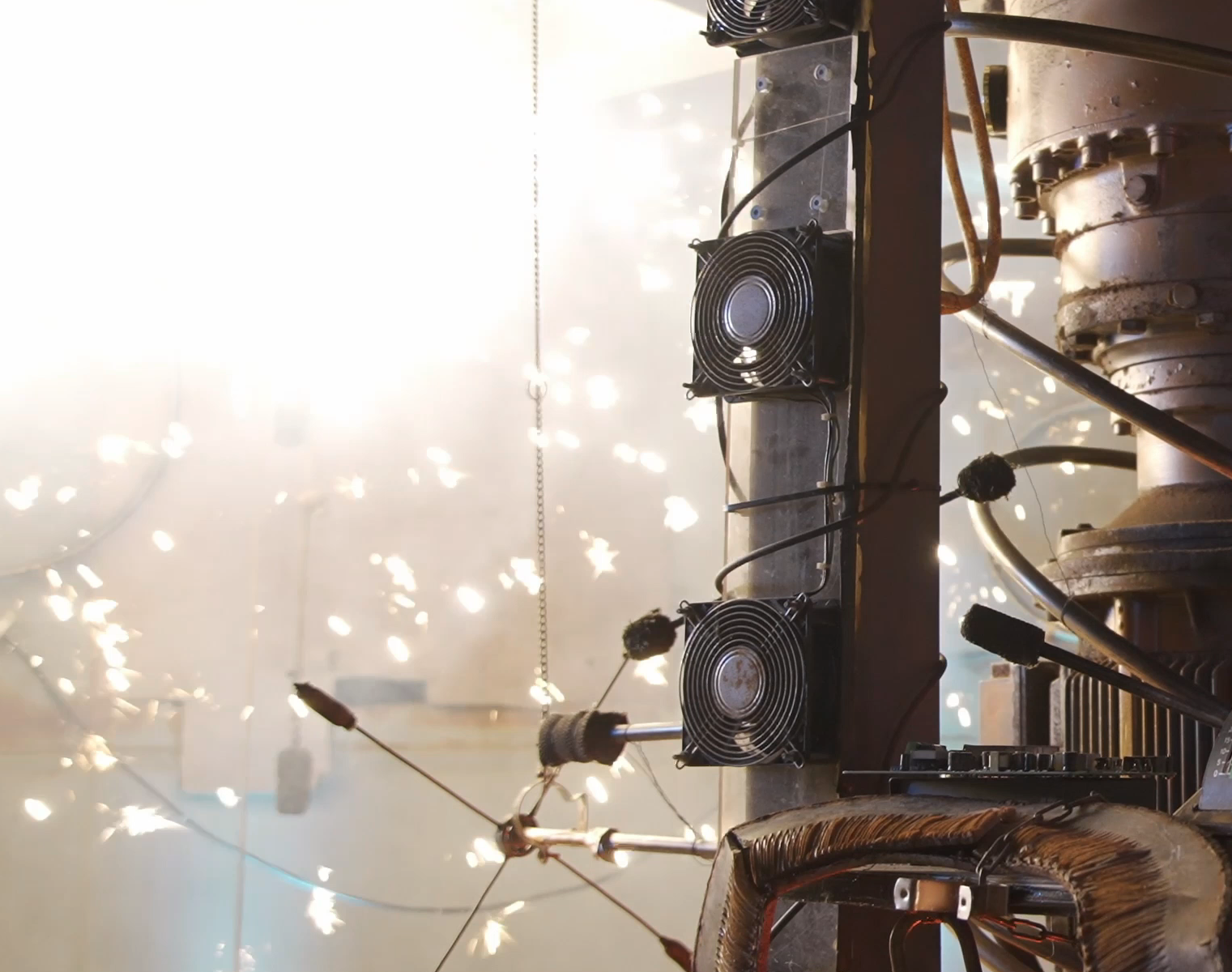
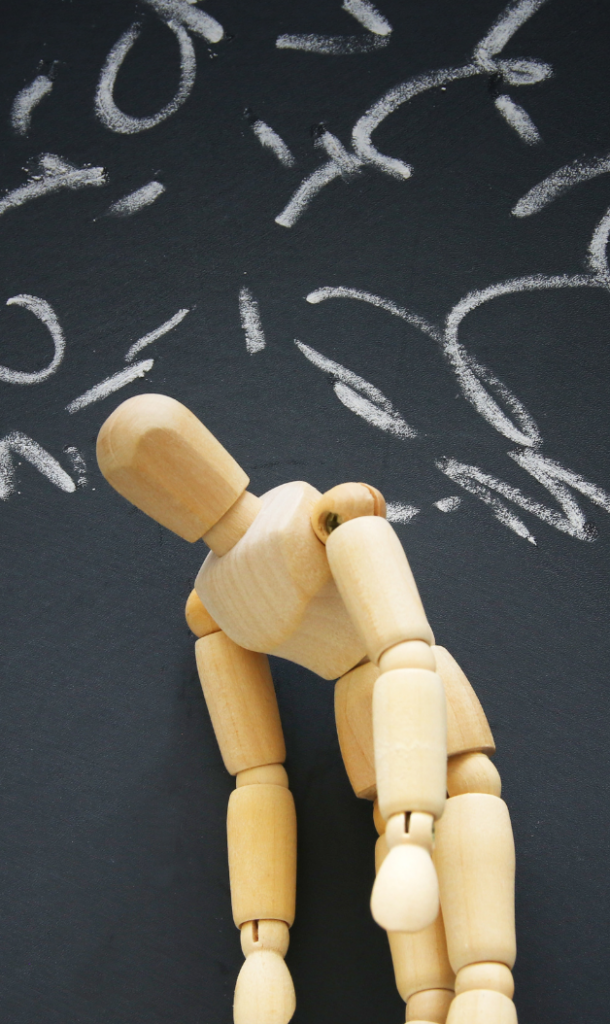
 Global Hotlines:
Global Hotlines:
 Text HELLO to 741741 (USA, UK, Canada)
Text HELLO to 741741 (USA, UK, Canada) United States
United States 988 (
988 ( 1-800-950-6264 (
1-800-950-6264 ( United Kingdom
United Kingdom Canada
Canada Australia
Australia Germany
Germany France
France Italy
Italy Spain
Spain India
India South Africa
South Africa If you or someone you know is in immediate danger, please call emergency services (112 / 911 / local equivalent).
If you or someone you know is in immediate danger, please call emergency services (112 / 911 / local equivalent).
